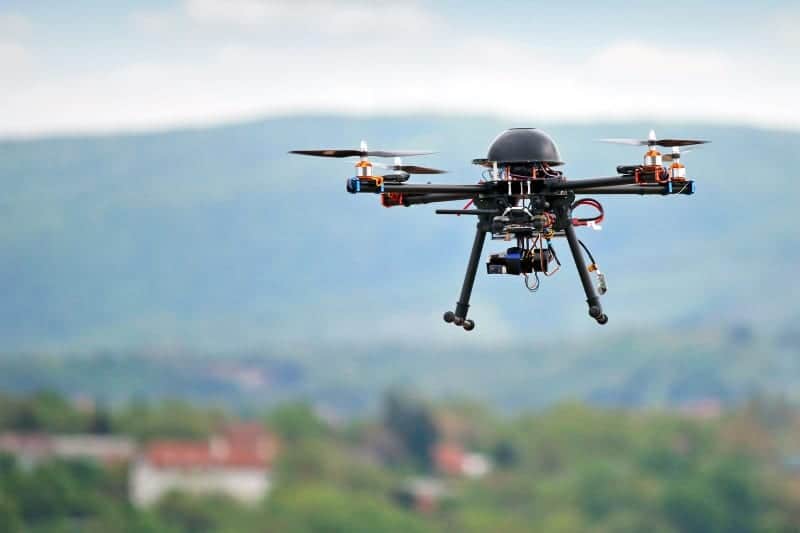



Altitude Angel has released Scout, an open-source project consisting of hardware and firmware that will allow UAV (unmanned aerial vehicle) manufacturers, software developers and commercial drone pilots to quickly connect to the company’s global UTM (unmanned traffic management) services.
Scout is primarily intended for use in commercial and industrial drone applications, and provides the capability to securely obtain and broadcast a form of remote ID. This capability is widely seen as a necessary step for enabling widespread civilian drone use, and particular beyond visual line of sight (BVLOS) flight operations. Since the platform is open source, both the hardware and the firmware can be enhanced and incorporated into a wide variety of different applications.
Scout offers two-way communication, providing an advantage over broadcast-only systems and enabling the Altitude Angel UTM service to help the drone avoid collisions with other aircraft, or to prevent it entering restricted airspace. Scout will use identifiers obtained from Altitude Angel’s GuardianUTM platform and will work in combination with a flight plan sharing service. It is also supported through integration with Altitude Angel’s Tactical Conflict Resolution Service (CRS) service.
Scout will enable the drone to report its real-time location using GNSS sensors and relay this data via a secure, encrypted mobile communications link across 3G, 4G and 5G networks to Altitude Angel. The device is powered by an internal rechargeable lithium battery. Altitude Angel has released reference design plans for the case, which can be 3D printed.
Scout has been designed to satisfy emerging network Remote ID standards, such as ASTM. Unlike some other devices on the market which restrict where the data can be shared, as the firmware is open source the telemetry can also be sent to other systems as required by the implementor.
A two-wire I2C upgrade to the circuit schematics, plus a future version 2 release of the firmware, will subsequently enable the full two-way communication between the Scout device and the drone’s onboard systems, allowing the drone to respond directly to information received from the UTM. In the interim, early adopters will have the opportunity to begin to integrate with Altitude Angel’s UTM services, test the hardware and communication. Position data Altitude Angel receives from Scout is then automatically used by its Flight Information Management System (FIMS) to help provide traffic deconfliction.
Altitude Angel has also recently a surveillance API which allows integrators to both share and receive flight data from a variety of sensors and devices in near real-time, providing a comprehensive real-time picture of the airspace surrounding a drone.
Richard Parker, CEO and founder of Altitude Angel, commented: “For routine automated commercial and industrial use of drones to take flight, several challenges need to be solved. Not least, how will the drone be connected to the digital air traffic control systems of the future? Some proprietary devices exist which provide only a small part of the solution: getting the drone’s location to a single UTM.”
“We believe Scout is unique because its open source architecture can be incorporated into other solutions and its firmware can be customised to suit any particular task and connect to virtually any system. By making Scout freely available our hope is to accelerate the take-up and use of UTM-connected drones. When this is achieved, we will not only be keeping our skies safe, but we will open them to scalable, automated flight.”
“Scout represents one of the latest projects to emerge from our R&D lab and we’re saying to users ‘take this device, experiment with it, improve it and integrate it with your solutions, and share your findings with the community’.”





Related Posts
New Drone Fires Thales Missile in Unmanned Air Combat Milestone
UAS Startup Accelerator Awards 3M in Funding
US Navy Orders Unmanned Tactical Resupply Aircraft